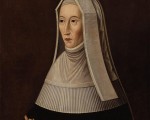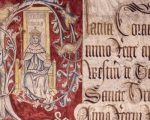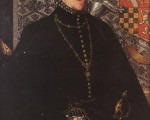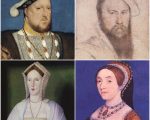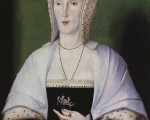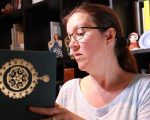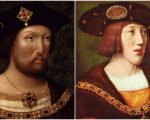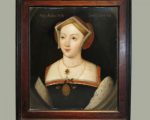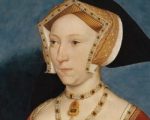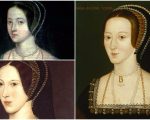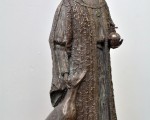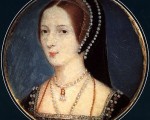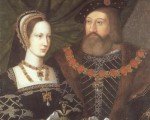Margaret Pole, Countess of Salisbury, born on 14 August 1473, was the only surviving daughter of George, Duke of Clarence, and his wife, Isabel Neville. She was the niece of Edward IV and Richard III, and cousin of Elizabeth of York, Henry VII’s consort. Her brother, Edward, Earl of Warwick, was executed by Henry VII in 1499 in response to a request forwarded by the Spanish monarchs during the marital negotiations between Arthur, Prince of Wales, and Katherine of Aragon, since they feared that Warwick’s presence would encourage rebellion against the Tudor dynasty.
Perhaps in 1487, when she was fourteen, Margaret married Sir Richard Pole, a disparaging marital alliance from her perspective in view of her royal blood. Richard was later made an esquire of the body, chamberlain of North Wales, chamberlain of Chester and a member of the council in the Welsh Marches. In 1493, he was appointed chamberlain to the king’s son, Arthur, whose household was established at Ludlow that year. In 1499, he was elected to the Order of the Garter and participated at the proxy wedding of Arthur to Katherine. In 1504, Richard died, and Margaret was granted a generous loan to ensure that her husband’s funeral would be appropriately honourable. When not at court, she seems to have resided primarily at Warblington Castle and Bisham Manor. With Richard, she had five children: Henry, Arthur, Reginald, Geoffrey and Ursula.
[Read More...]



